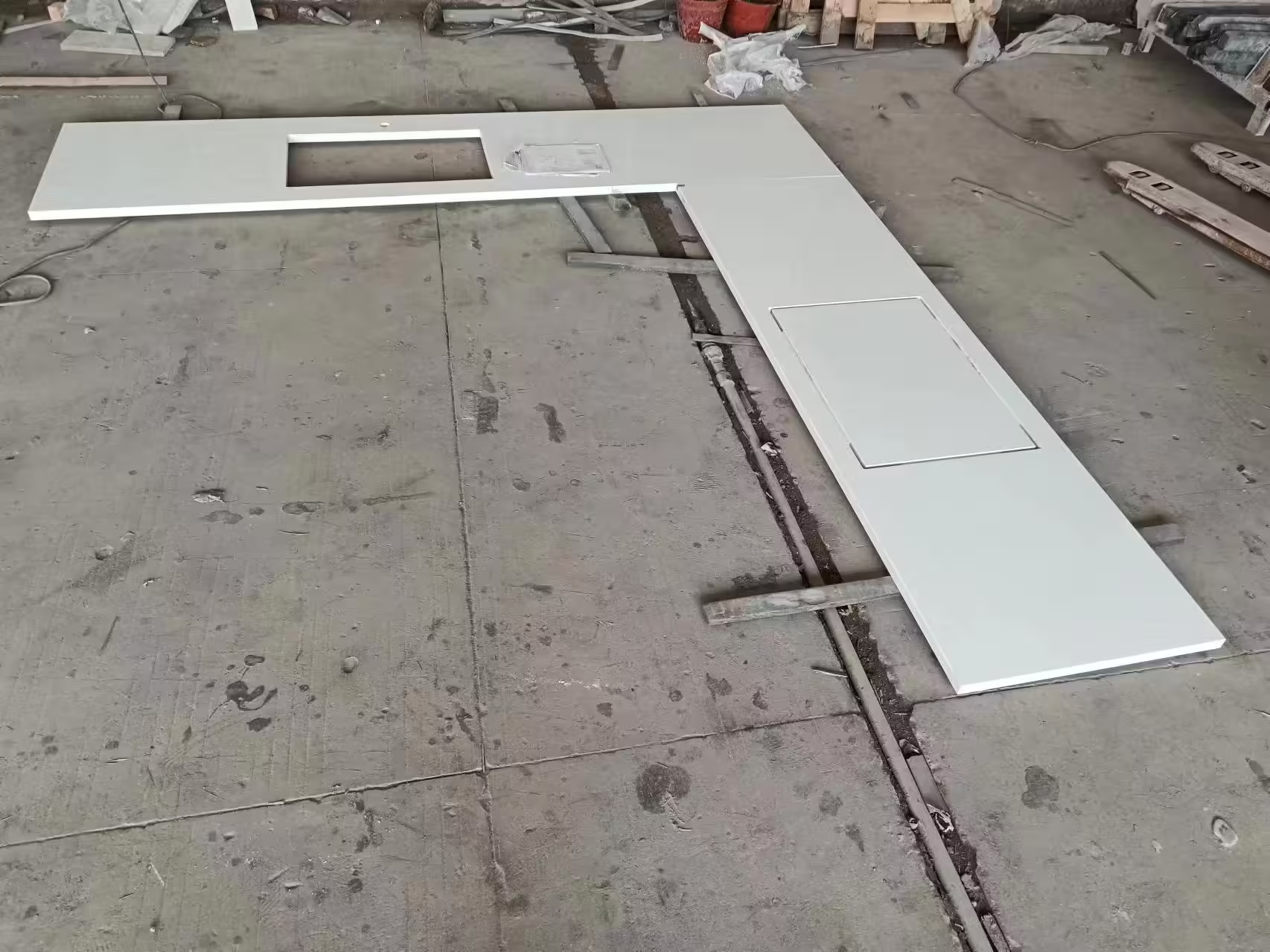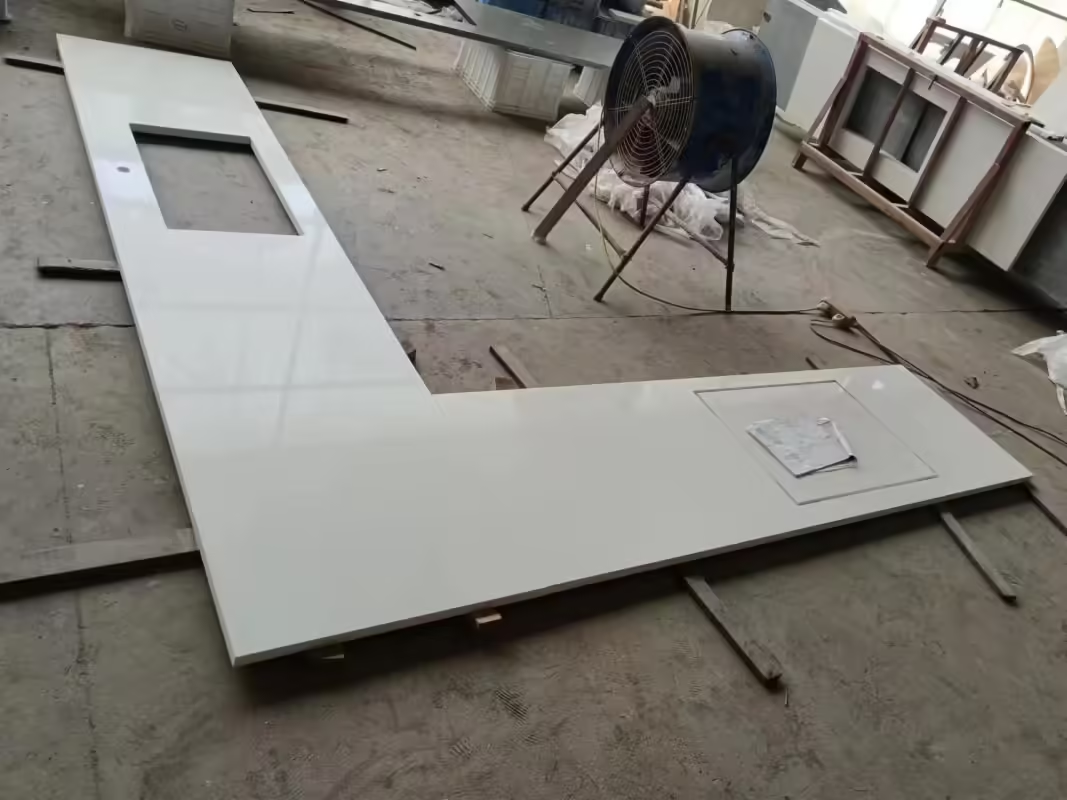Blog
The Durability of Artificial Quartz Stone for Outdoor Spaces

Artificial quartz stone is renowned for its durability and ease of maintenance, making it a popular choice for indoor environments. But how does it perform outdoors? This blog evaluates the durability of artificial quartz stone in outdoor settings and offers tips for ensuring longevity.
Weather Resistance
Artificial quartz stone is non-porous, which means it doesn’t absorb water and is less likely to crack in freezing conditions compared to natural stone. However, it is not completely resistant to UV radiation. Prolonged exposure to sunlight can cause some colors and patterns to fade over time.

Heat Resistance
While artificial quartz is generally resistant to heat, direct exposure to very high temperatures can cause damage or discoloration. It’s essential to avoid placing hot items directly on quartz surfaces in outdoor kitchens or dining areas.
Maintenance for Outdoor Use
Cleaning: Regular cleaning with mild soap and water is sufficient to maintain the appearance of artificial quartz stone. Avoid using harsh chemicals as they can damage the surface.
Protection: Use covers for outdoor kitchen counters and dining tables when not in use to protect against the elements and minimize UV exposure.
Installation: Ensure proper installation with adequate support and allowances for thermal expansion and contraction in outdoor settings.

Conclusion
While artificial quartz stone is durable and low-maintenance, considering its limitations outdoors is crucial. With proper care, protection from elements, and thoughtful installation, artificial quartz can be a beautiful and functional choice for outdoor spaces.